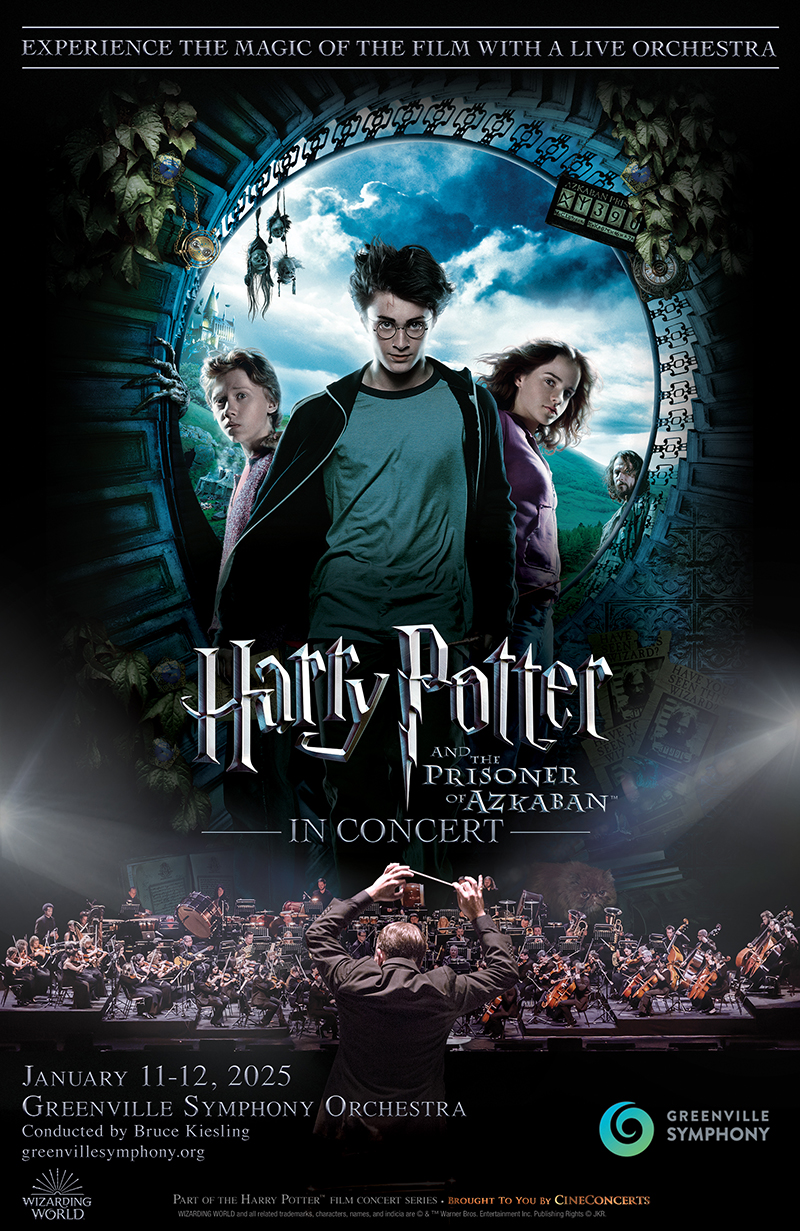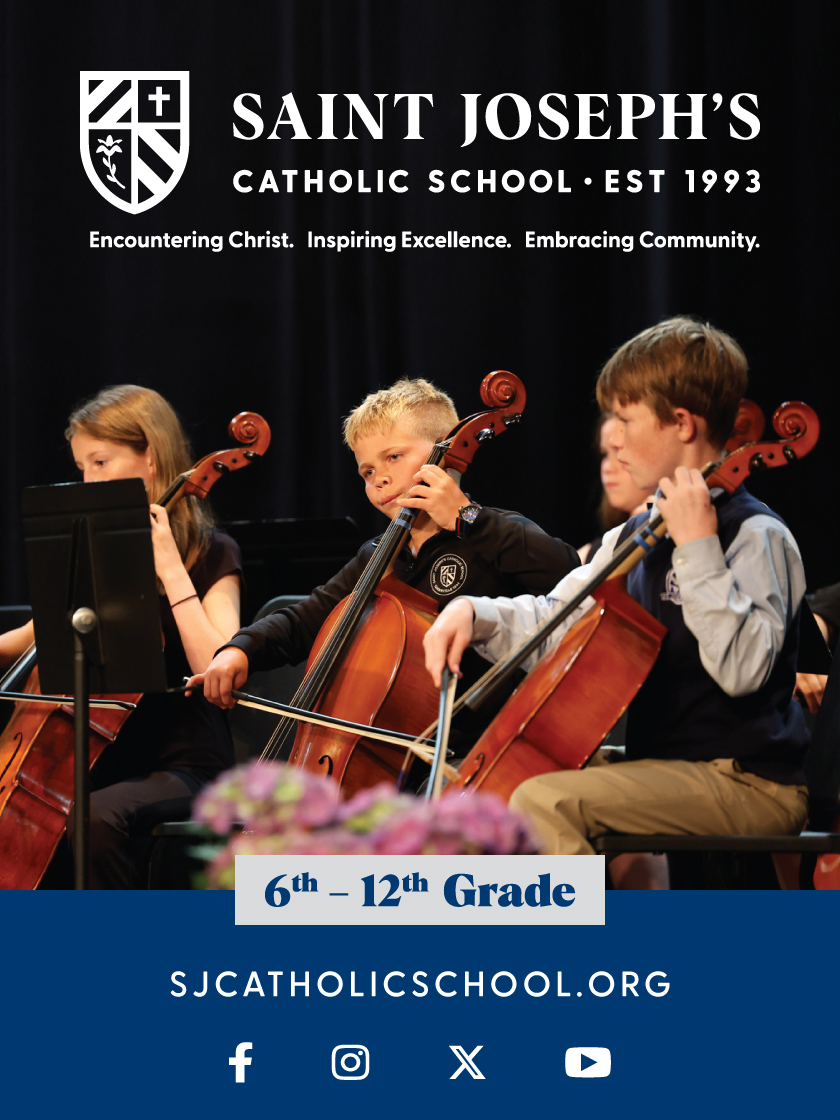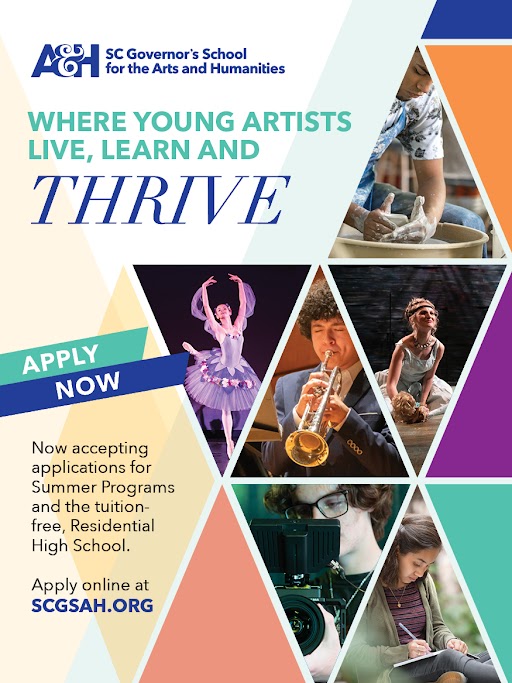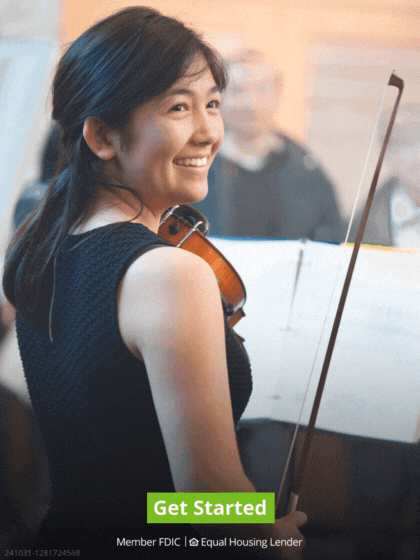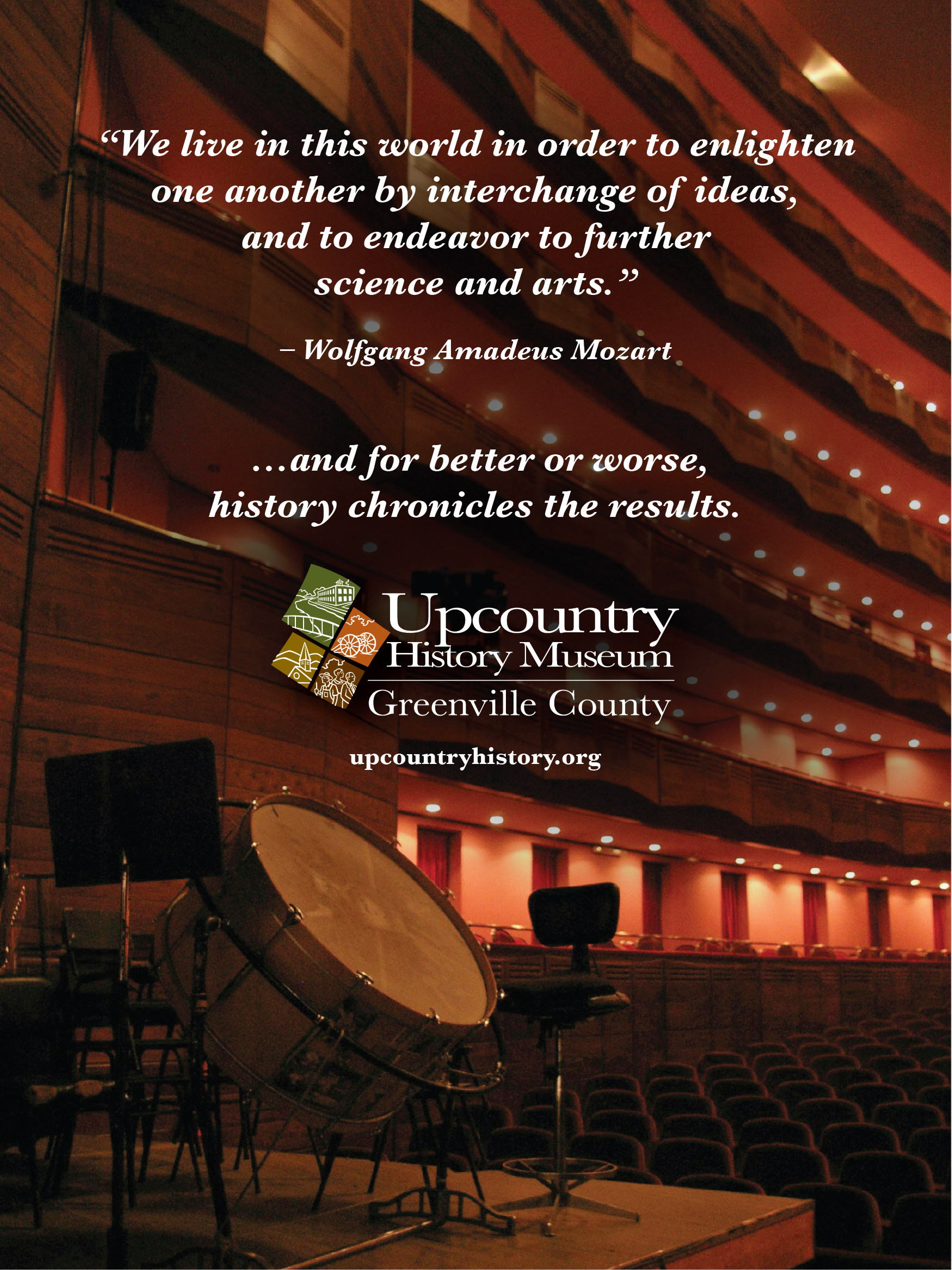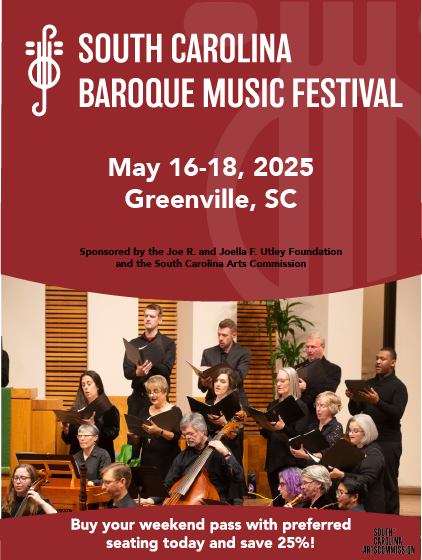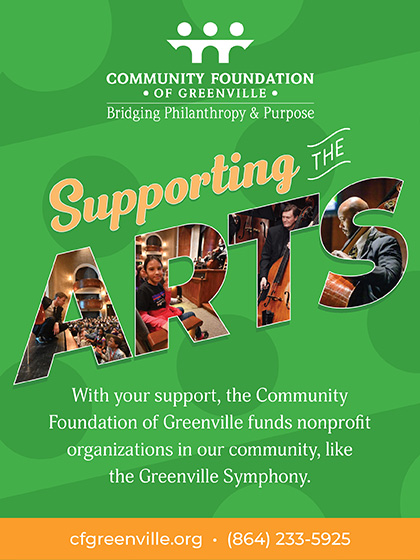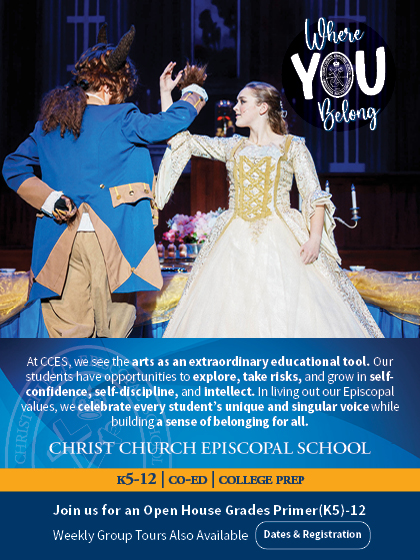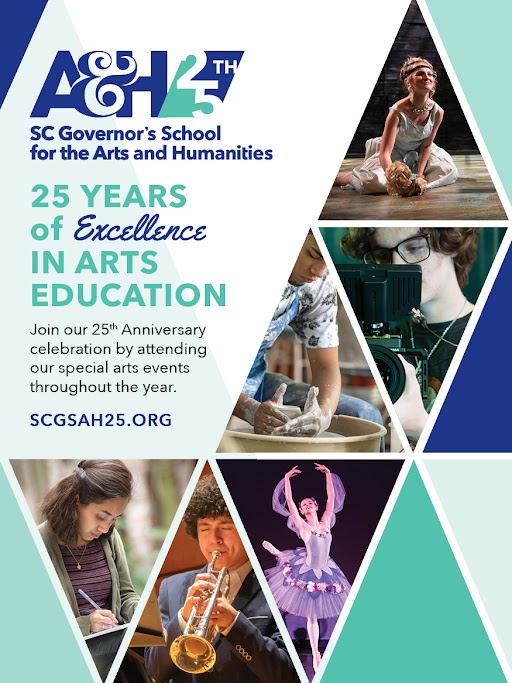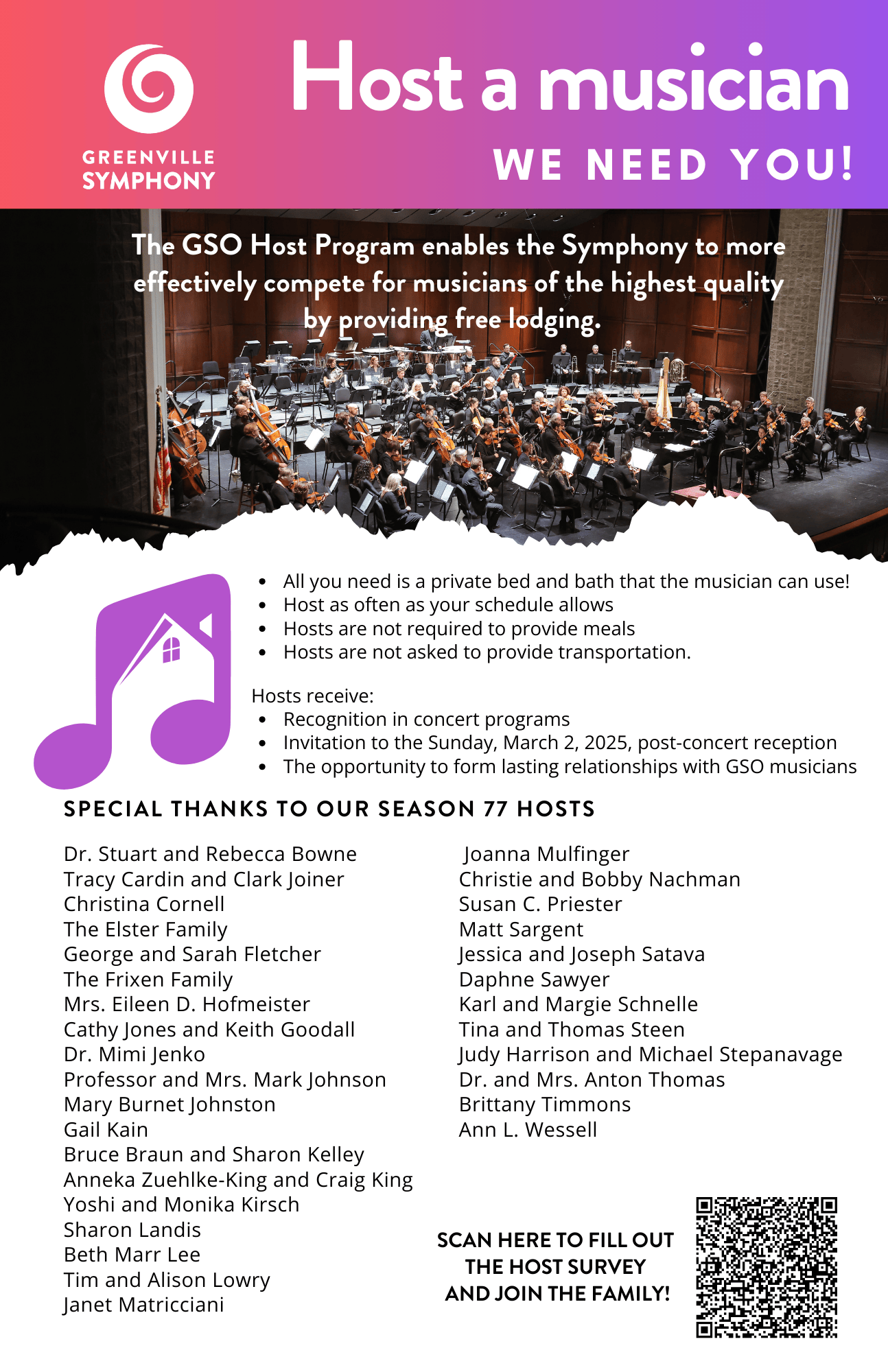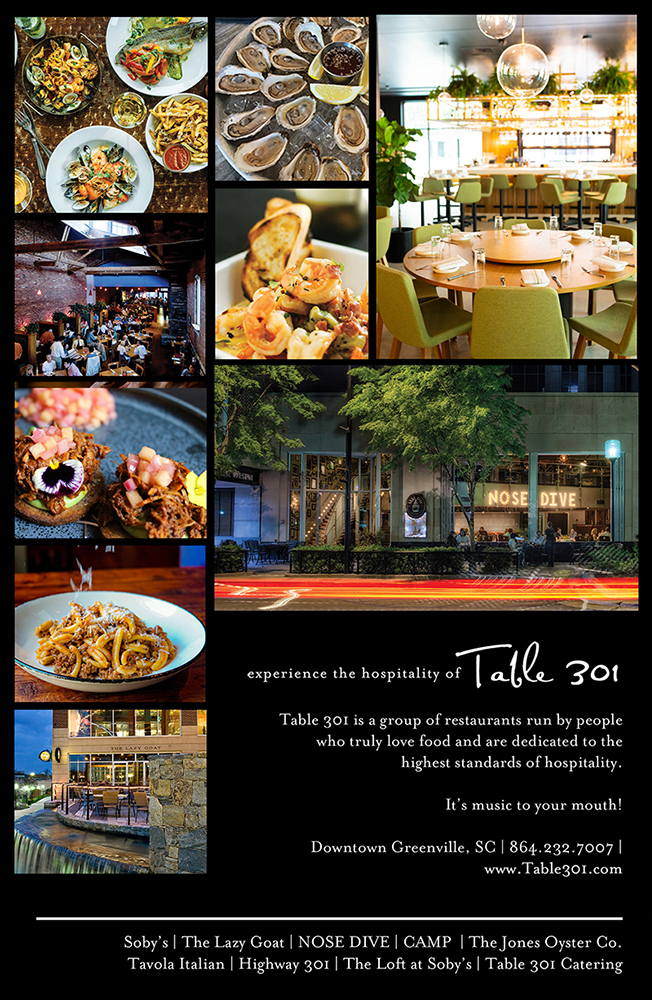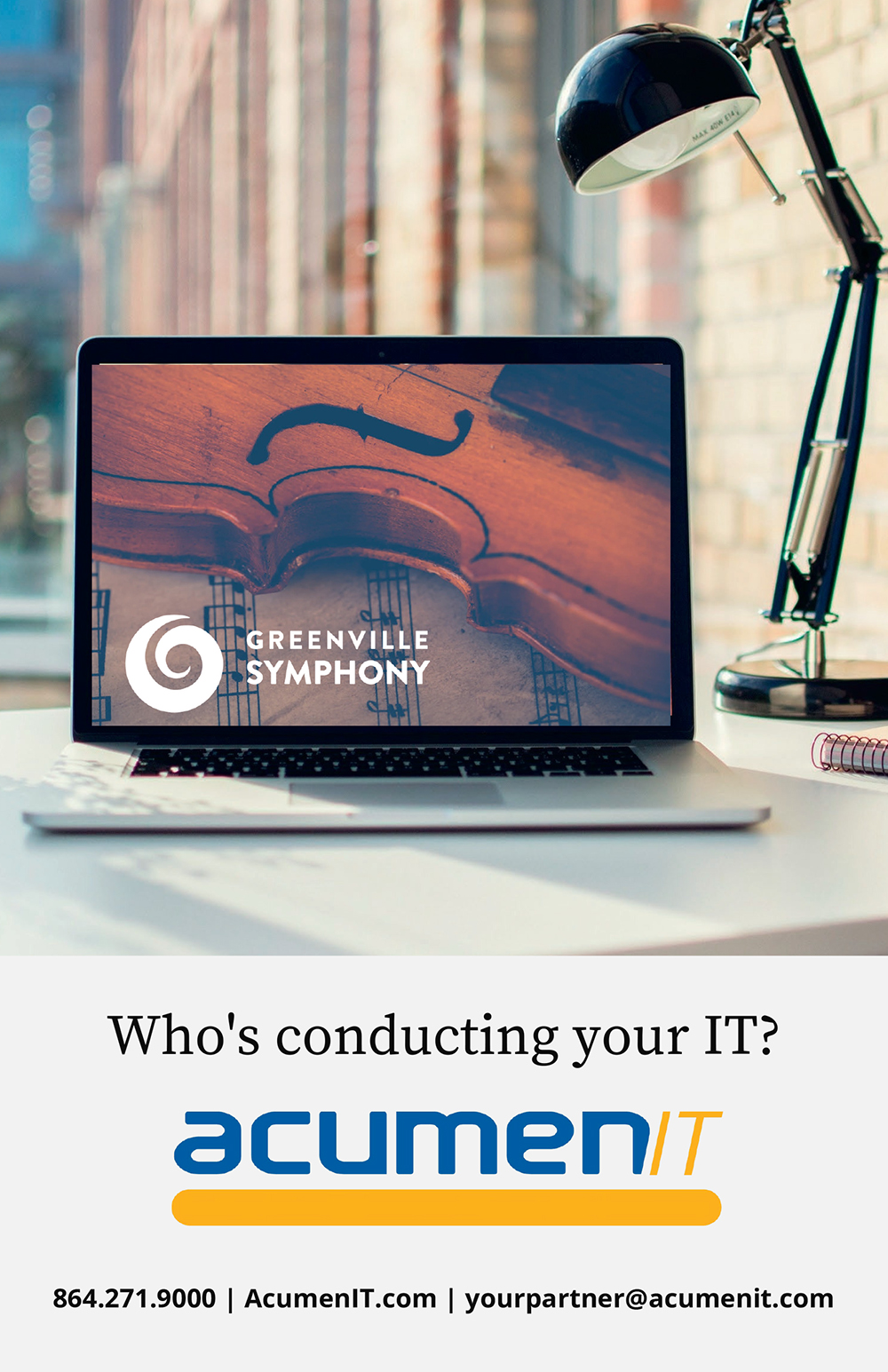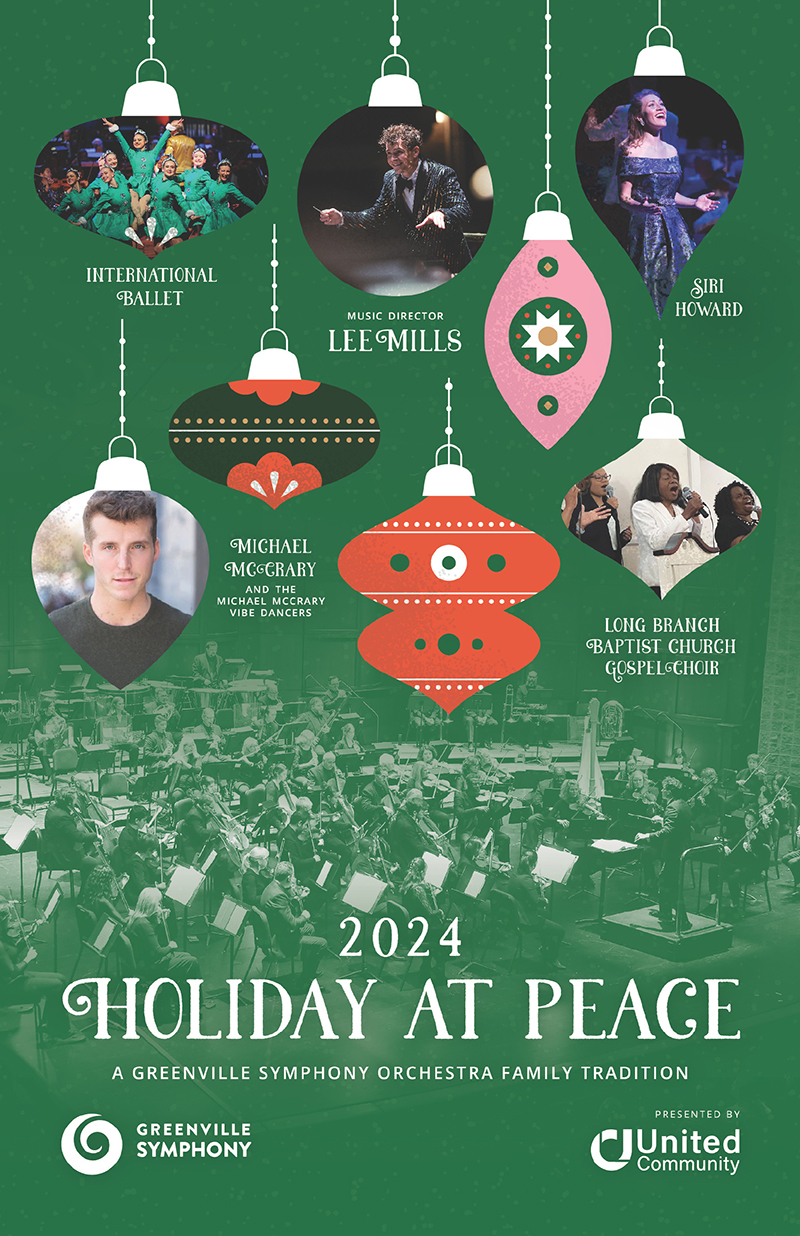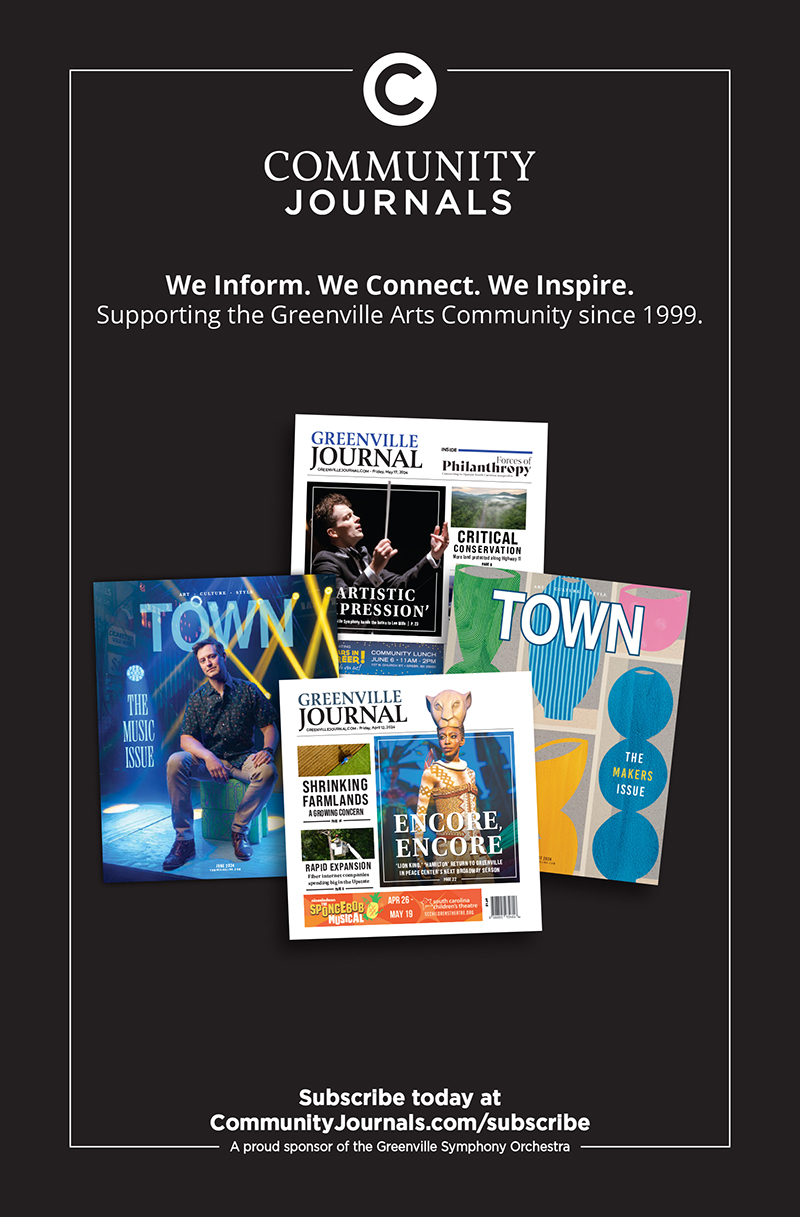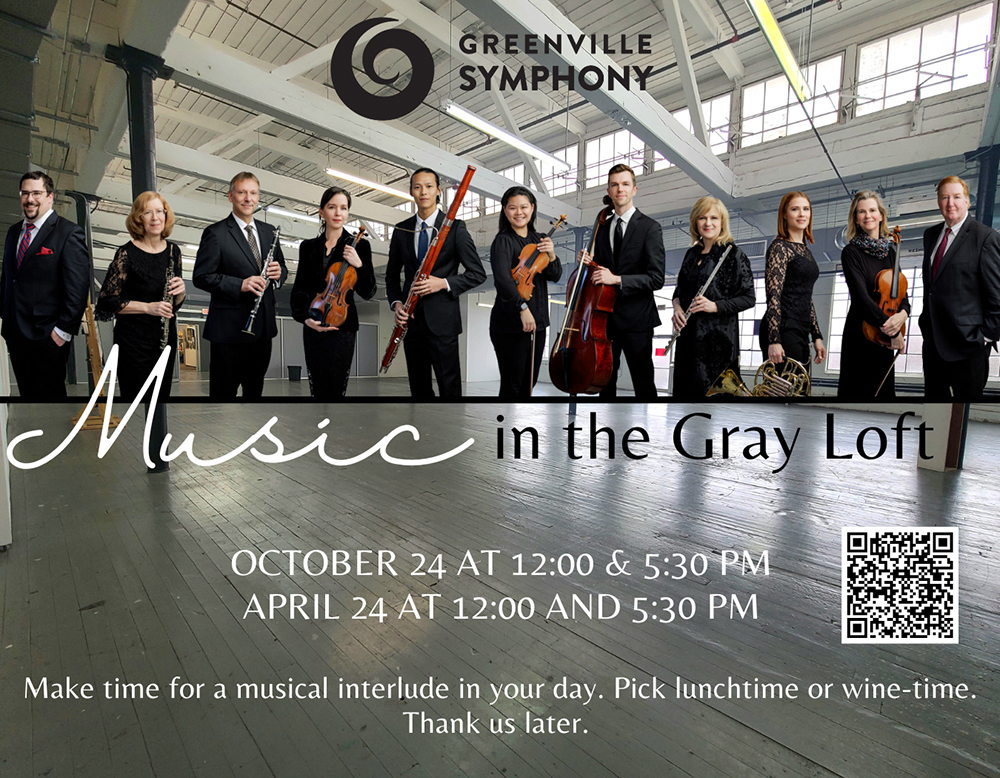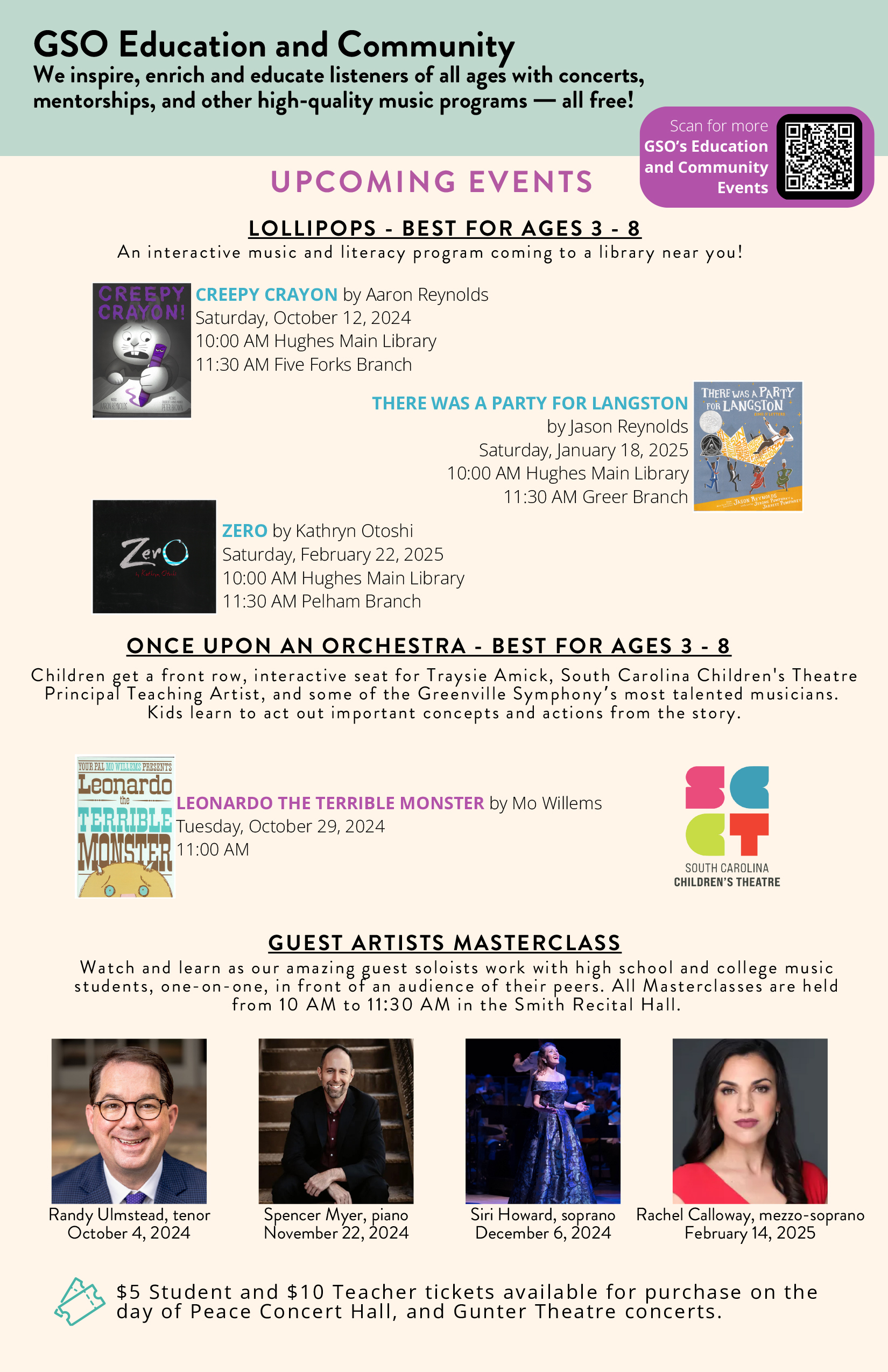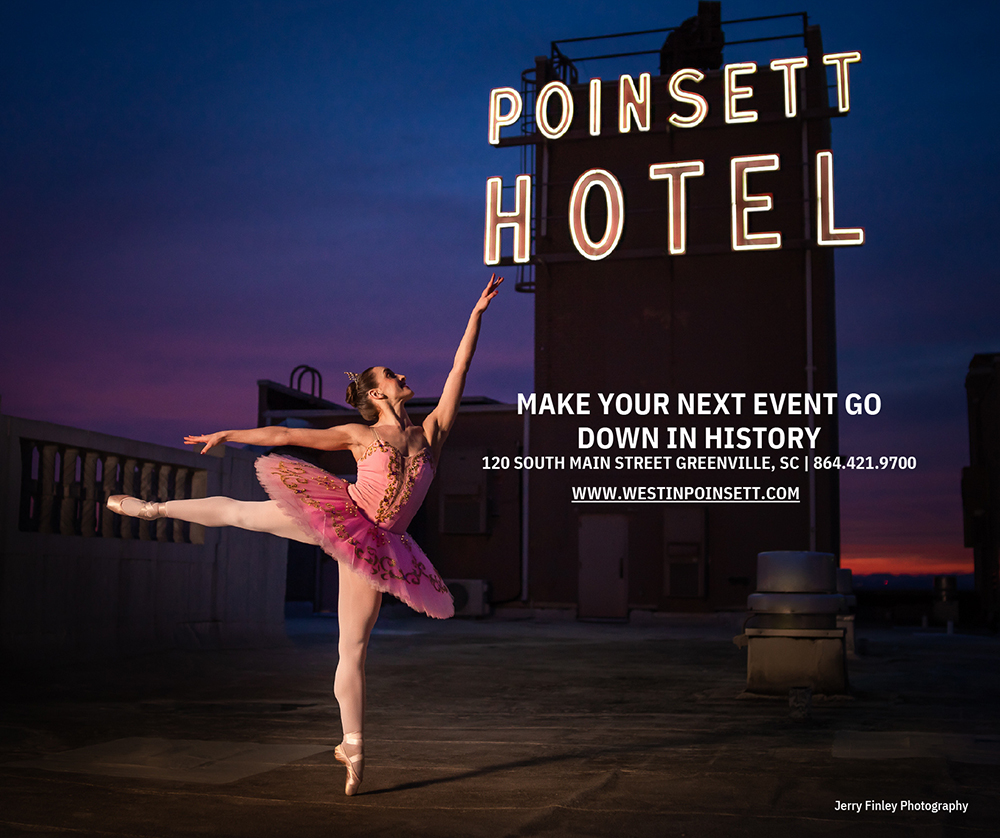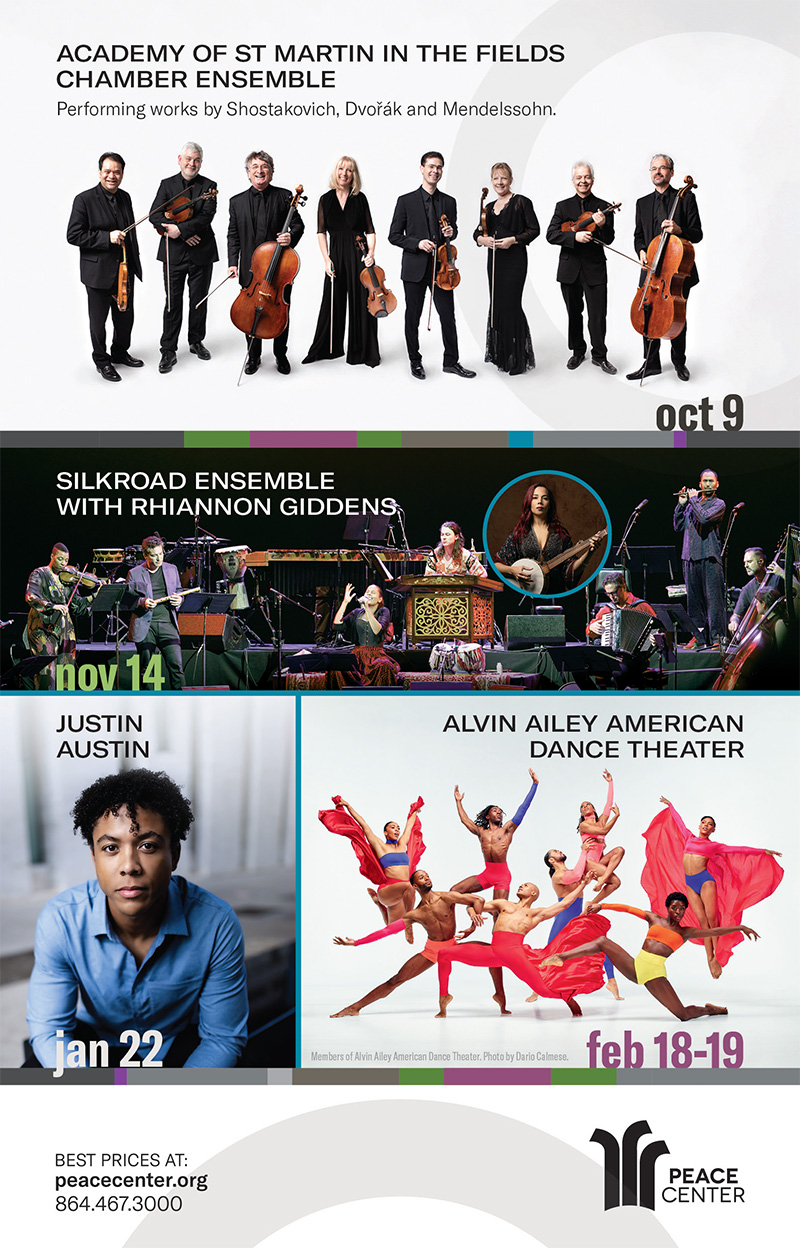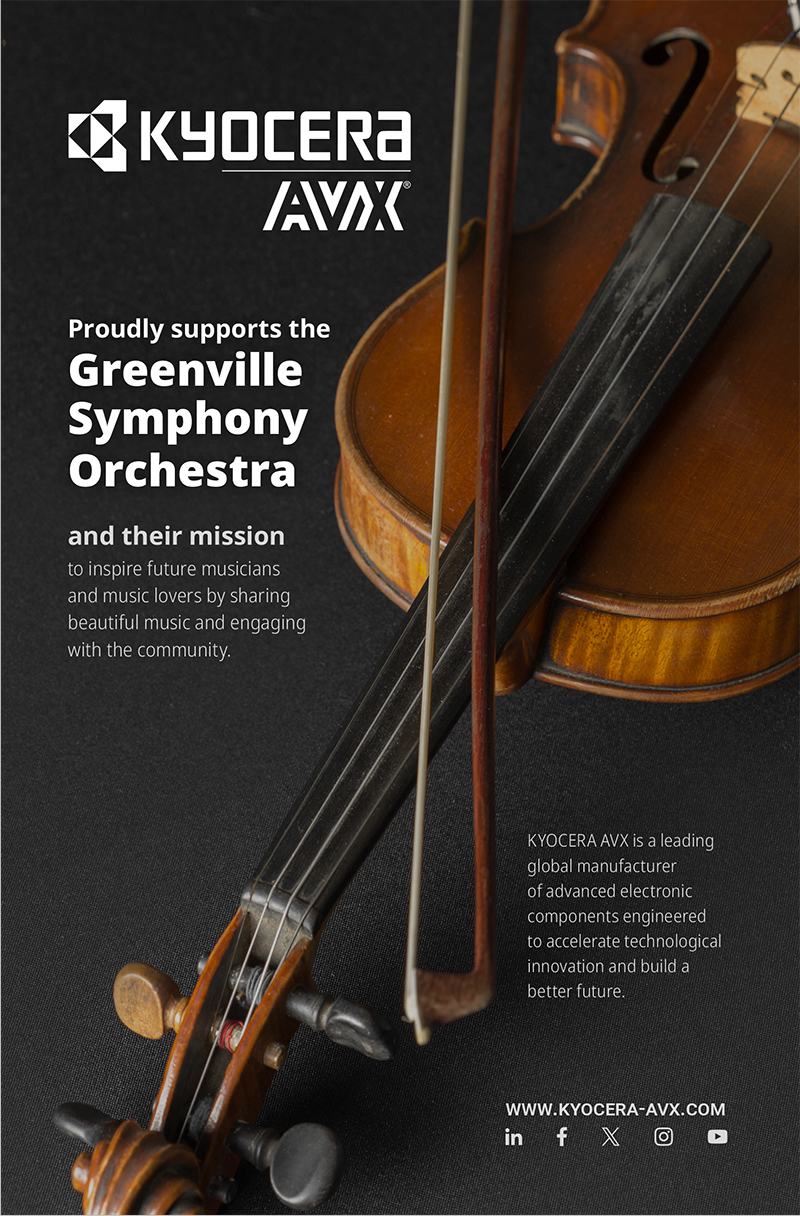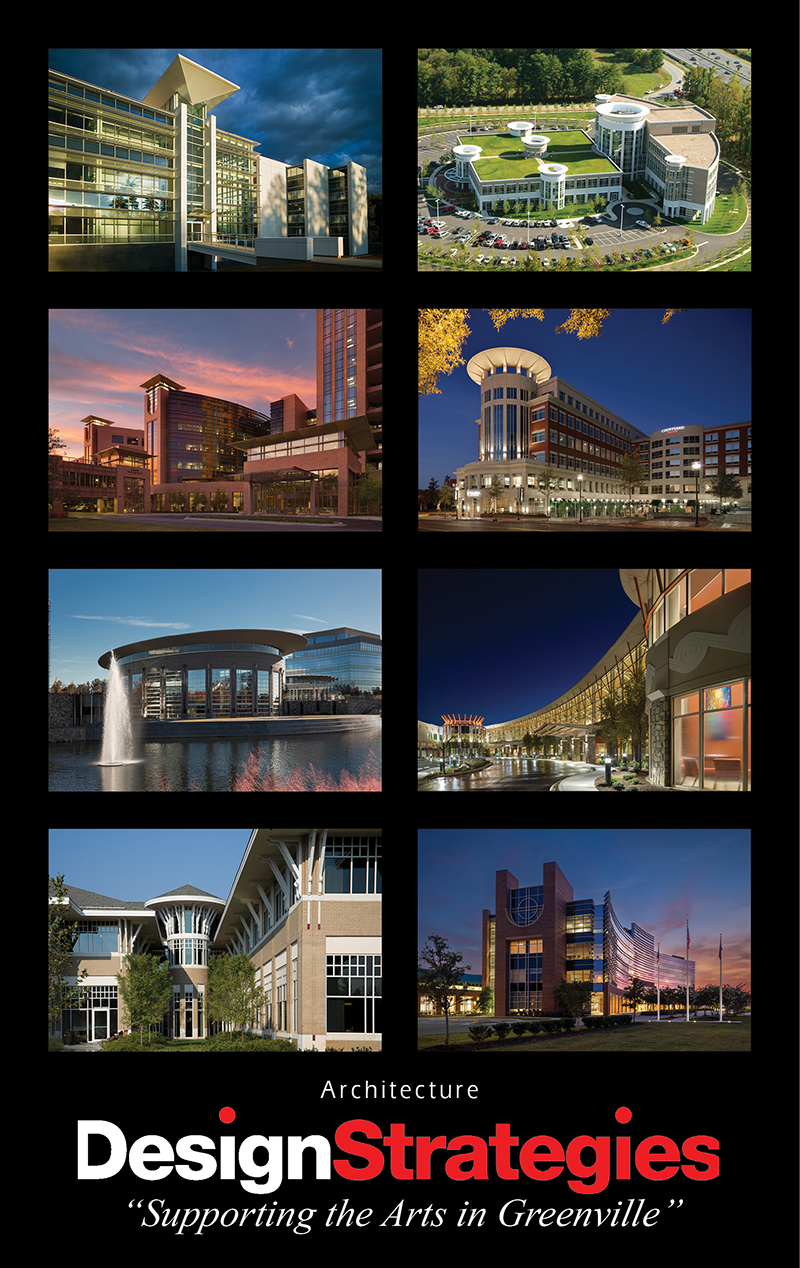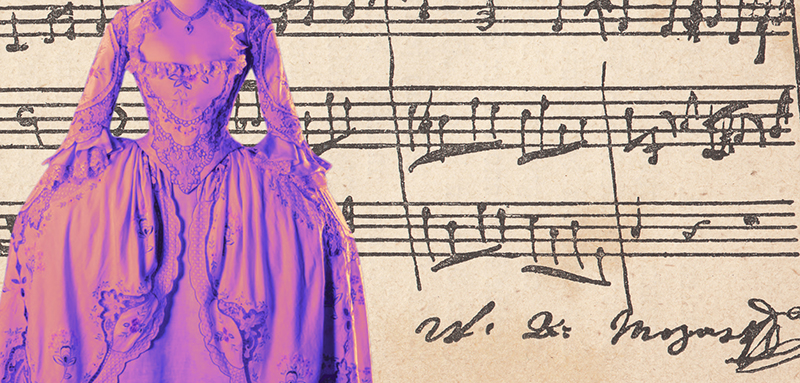
Thomas A. and Shirley W. Roe Podium Fund Le nozze di Figaro (The Marriage of Figaro) Gunter Theatre Contessa: Bronwen Forbay, soprano Supertitles Author: Bruce Stasyna |

| Wolfgang Amadeus Mozart (1756-1791) Scenes from Le nozze di Figaro (The Marriage of Figaro), K. 492 | ||
Overture | ||
ACT I | ............... | 30’ |
| ACT II No. 10 Cavatina “Porgi amor qualche ristoro” | ............... | 36’ |
| ACT III No. 16 Duettino “Crudel, perché finora fermi” | ............... | 23’ |
| ACT IV No. 26 Recitativo ed Aria “Tutto è disposto” | ............... | 26’ |
Mozart’s The Marriage of Figaro
Program Notes by Paul Hyde
Le Nozze di Figaro (The Marriage of Figaro)
Arias and ensembles
Wolfgang Amadeus Mozart (1756-1791)
Mozart's opera The Marriage of Figaro is one of the most celebrated and influential works in the operatic repertoire. Composed in 1786, it is based on a play by Pierre-Augustin Caron de Beaumarchais, who would also provide the original source material for Rossini’s The Barber of Seville.
Mozart’s The Marriage of Figaro is known for its rich blend of comedy, drama, and spirited and lyrically exquisite music.
Plot Summary: The Marriage of Figaro is a comedy with a complex plot centered around the character Figaro, a servant in the household of Count Almaviva. The story is set in a single day and deals with themes of love, jealousy, and social class. The plot unfolds around a few main conflicts:
- Figaro's Wedding: Figaro is planning to marry Susanna, the Countess’s maid. However, the Count is trying to seduce Susanna, which complicates the wedding plans.
- The Count's Schemes: The Count Almaviva has a notorious habit of pursuing his servants, and he’s trying to exercise his "right" to sleep with Susanna before her marriage to Figaro.
- Mistaken Identities and Deceptions: Much of the comedy arises from a series of misunderstandings, disguises, and deceptions. There are numerous twists, including a subplot involving a mistaken identity where the Count believes his wife is being unfaithful.
- Resolution: The opera concludes with a series of reconciliations and revelations. The Count realizes his mistakes and seeks forgiveness from his wife, and the couples are eventually united.
Musical Highlights
- Overture: The opera opens with a brisk, scurrying overture that sets the stage for the comedic and energetic tone of the work.
- “Non più andrai”: Figaro’s teases the young page Cherubino about his future military service.
- “Voi che sapete”: Cherubino’s aria expresses his confusion about love. Cherubino is a young man in the opera but sung by a mezzo-soprano.
- “Dove sono i bei momenti”: The Countess’s aria reflects on the lost happiness of her marriage.
- “Canzonetta Sull’Aria”: The Countess dictates to Susanna the invitation to a tryst addressed to the Countess' husband in a plot to expose his infidelity.
The Shawshank Redemption: There’s a beautiful scene in the film The Shawshank Redemption (1994) when a prisoner plays a recording of “Canzonetta Sull’Aria” from this opera over the prison’s loudspeaker, leaving his fellow convicts spellbound. One convict muses: “I have no idea what those two Italian ladies were singing about. … I’d like to think they were singing about something so beautiful, it can’t be expressed in words, and makes your heart ache because of it. I tell you, those voices soared higher and farther than anybody in a grey place dares to dream. It was like some beautiful bird flapped into our drab little cage and made those walls dissolve away, and for the briefest of moments, every last man in Shawshank felt free.”
Themes and Innovations
- Social Commentary: The opera is notable for its critique of the class system and its portrayal of the complexity of human emotions and relationships. It subtly addresses issues of social mobility and personal integrity.
- Character Depth: Unlike many operas of its time, The Marriage of Figaro provides deep and nuanced portrayals of its characters, allowing for both comedic and serious moments.
- Musical Structure: Mozart's use of ensemble pieces, where multiple characters sing together, adds to the complexity and dynamism of the opera. The music perfectly complements the intricate plot and character interactions.
Historical Context: The Marriage of Figaro premiered in Vienna in 1786 and was well-received by audiences and critics alike. It is the first in a trilogy of operas by Mozart and librettist Lorenzo Da Ponte; the other two are Don Giovanni (1787) and Cosi fan tutte (1790). The Marriage of Figaro’s blend of wit, elegance and emotional depth has ensured its enduring popularity.
Paul Hyde, a longtime Upstate arts journalist, is an English instructor at Tri-County Technical College. He writes regularly for the Greenville Journal, the S.C. Daily Gazette, EarRelevant, ArtsATL, and the Atlanta Journal-Constitution.
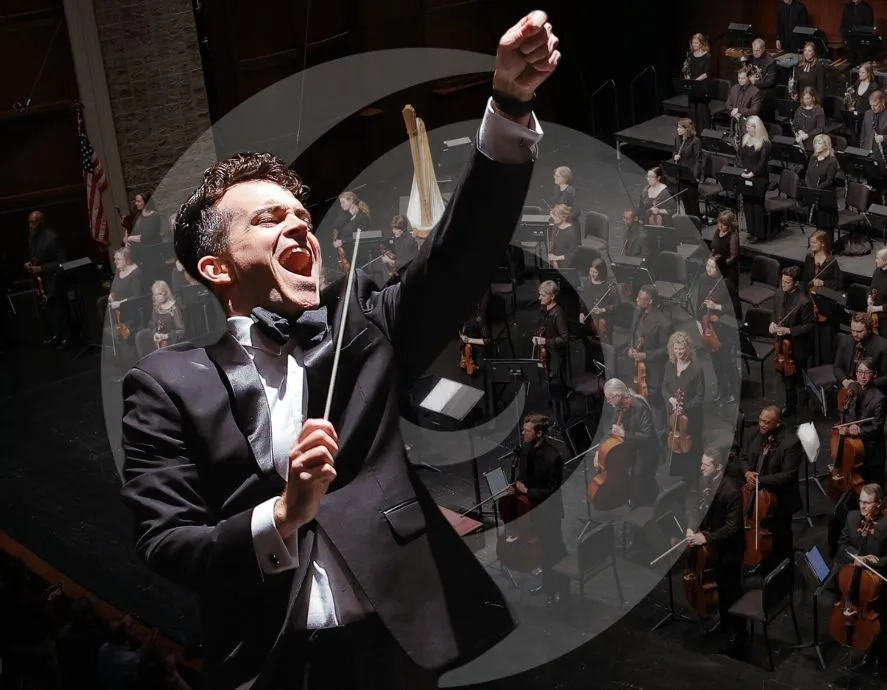
Concert Hall Series
Saturday performances at 7:30 pm
Sunday at 3:00 pm
Opening Night: Beethoven’s Ninth
October 5 & 6
Grieg’s Piano Concerto
November 23 & 24
Tchivzhel Conducts Tchaik 4
January 25 & 26
Duke Ellington’s The River
March 1 & 2
Jacqueline Tso plays
Bruch’s Scottish Fantasy
April 5 & 6
Beethoven and Brazil
May 10 & 11
Gunter Theatre Series
Performance start times vary
Peter and the Wolf
November 9 & 10
The Marriage of Figaro
February 15 & 16
Movers, Shakers, and Noise-Makers
March 22 & 23
Bach-Inspired with Violist Kathryn Dey
May 24 & 25
Special Events
Holiday at Peace
Peace Concert Hall
December 6 at 7:00 pm
December 7 at 1:00 & 7:00 pm
December 8 at 2:00 pm
Harry Potter and the Prisoner of Azkaban™ in concert
Peace Concert Hall
January 11 at 1:00 pm and 7:00 pm
January 12 at 2:00 pm
Star Wars: The Empire Strikes Back in Concert
May 4 at 7:00 pm
Bon Secours Wellness Arena
Music at Hotel Hartness
A luxe chamber music experience in a beautiful space.
Performances at 7:00 pm
Dracula! with Special Guest Dacre Stoker
October 23
Musical Landscapes
April 23
Music in the Gray Loft
Enjoy lunch or wine with a friendly, casual chamber music experience.
Performances at 12:00 and 5:30 pm
Dracula! with Special Guest Dacre Stoker
October 24
Musical Landscapes
April 24
Details and tickets available at greenvillesymphony.org
